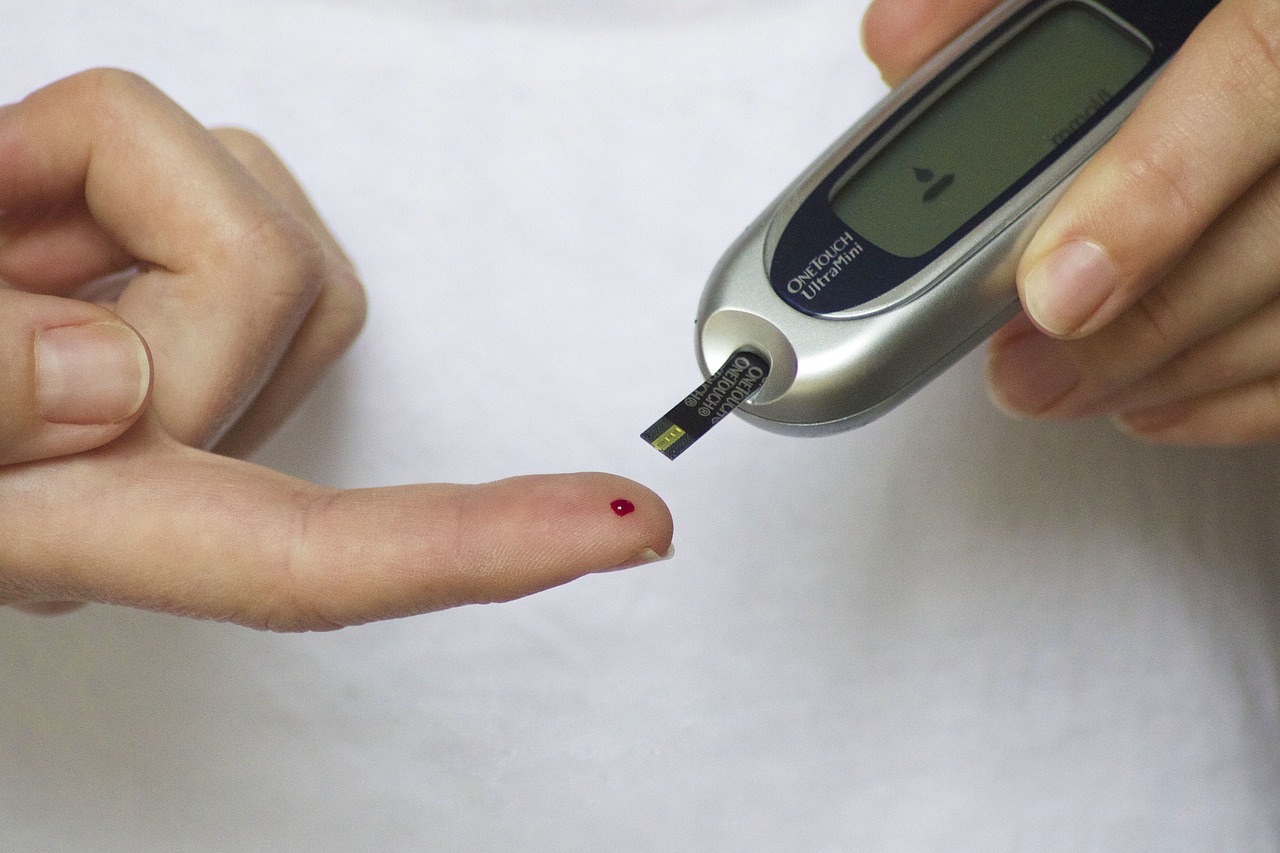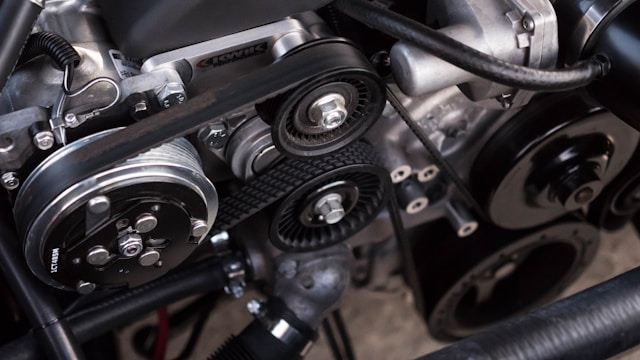Significant progress in developing prosthetic limbs has managed to add feel and touch sensations into the core programming and in the controllers. The foundation of touch-sensitive prosthetic limbs was laid long ago but direct brain interactions are relatively new.
Restoring sensory-motor functions calls forth a two-way information channel — brain to hand and back. Dr. Sliman Bensmaia of the University of Chicago has been working to replicate these neural patterns and their activities to mimic natural processing of sensory information within the body. All you need is a proper stimulation of the brain. Appointed by the Defense Advanced Research Projects Agency (DARPA), modular artificial upper limbs and their sensory aspects are the core areas he is looking after.
However, the mode of work Thiago Caires and Michal Prywata began while students at Ryerson University was vastly different, though conceptually same. Even the duo’s Artificial Muscle-Operated (AMO) limb works on brain signals but doesn’t require a knife to slice it in. Simple sensors control the air pressure, a small, refillable air tank in the user’s pocket. However, attempts to fit it into the arm itself are on and pneumatic pumps and valves work accordingly.
It is not the intricate and expensive electro-mechanical components, microelectronics and motors like above; all it needs is a wireless head-set to receive and transmit the brain signals directly to the arm’s miniature computer. The computer matches the information with its database and activates the pneumatic system accordingly.
Similar works are going on in intelligent lower prosthetic limbs development and Michigan Technological University already succeeded in creating a bionic foot that will bend and stretch with two-axis movements like your actual foot. Advanced studies by Assistant Professor; Mechanical Engineering & Engineering Mechanics Mo Rastgaar and research scholar Evandro Ficanha on how the ankle – a highly complex joint – works, opened new doors towards achieving a similar range of motions.
However, this is a complex motor and microprocessor issue once again, but vastly different from the present microprocessor-controlled prostheses mimicking unidirectional, linear movements. That’s fine if you are on a treadmill. Unless you are marching, you never walk in a straight line. Just try a circular treadmill and you’ll get the point.





